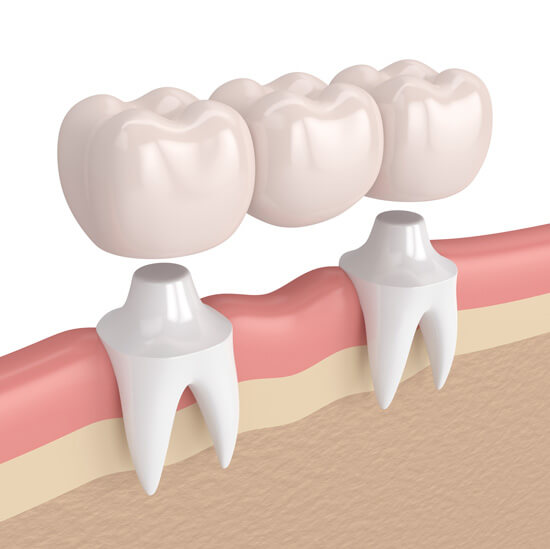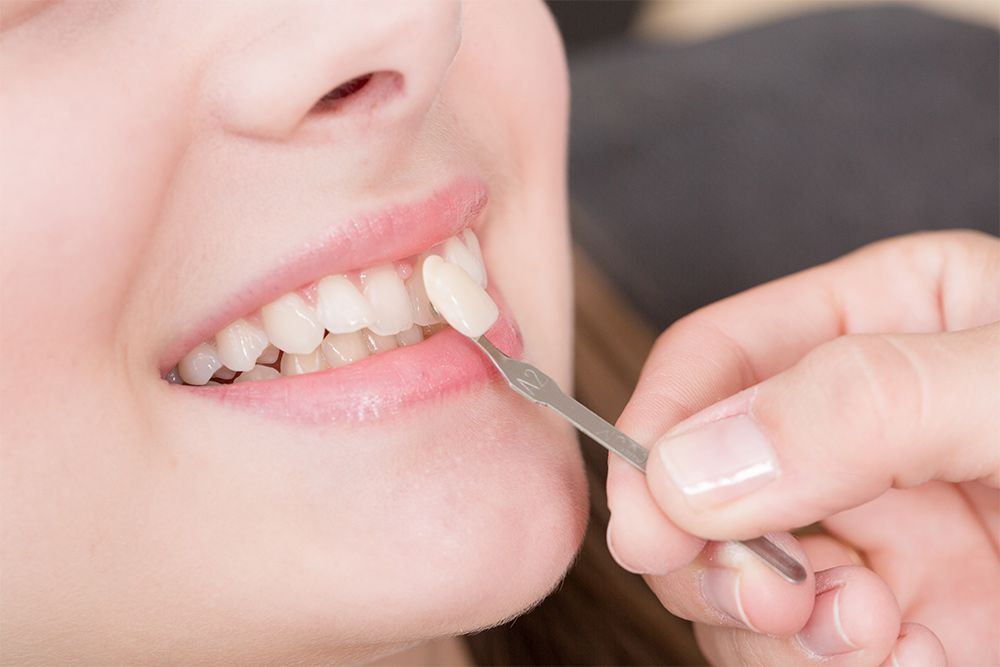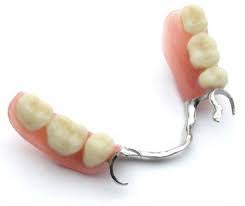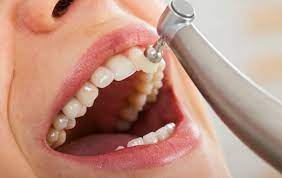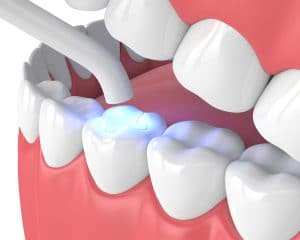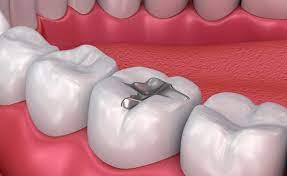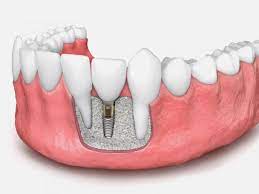
Painless Extractions
Home-> services-> painless-extractions
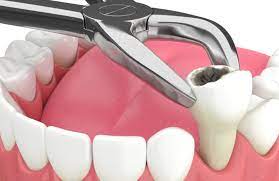
Painless Extractions
Painless extractions, also known as painless tooth removal or painless tooth extraction, refer to dental procedures in which a tooth is removed from its socket without causing significant discomfort or pain to the patient. Dentists strive to make extractions as painless as possible by using various techniques and anesthesia options to ensure patient comfort. Here are some factors that contribute to painless extractions:
-
Local Anesthesia:
- Local anesthesia is the most common method used to ensure painless extractions. The dentist will inject a local anesthetic into the area surrounding the tooth to numb the tissues and nerves, preventing pain during the procedure.
- Before administering the injection, the dentist may apply a topical numbing gel to the gum tissue to reduce the discomfort of the needle prick.
-
Sedation Options:
- In some cases, depending on the complexity of the extraction or the patient's anxiety levels, sedation may be offered to help the patient relax and minimize discomfort.
- Nitrous oxide (laughing gas): Nitrous oxide is a safe and commonly used sedative that can help patients feel more relaxed during the procedure. It is administered through a mask and wears off quickly after the procedure.
- Oral sedation: For more anxious patients or complex extractions, oral sedatives may be prescribed to be taken before the procedure. These medications induce a state of relaxation and can make the extraction process more comfortable for the patient.
-
Skillful Technique:
- A skilled dentist or oral surgeon can perform extractions with precision and efficiency, minimizing trauma to the surrounding tissues and reducing post-extraction discomfort.
- Dentists may use specialized instruments and techniques to gently and carefully loosen the tooth from its socket, ensuring a smoother and less painful extraction process.
-
Post-Extraction Care:
- After the extraction, the dentist will provide instructions for post-operative care to manage any discomfort and promote proper healing.
- Over-the-counter pain medications such as ibuprofen or acetaminophen can be used to alleviate any mild pain or discomfort following the procedure.
It's important to communicate any concerns or anxieties you may have about the extraction with your dentist. They can discuss the available options for pain management and address any questions you may have. Additionally, dentists prioritize patient comfort and are experienced in providing painless extractions to ensure a positive dental experience.
Remember that every individual's pain tolerance and experience may vary, and some mild pressure or sensations during the extraction process may be felt, even with adequate anesthesia. However, with the right techniques and proper pain management, the goal is to minimize discomfort and ensure a relatively painless extraction procedure.

